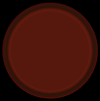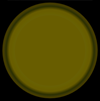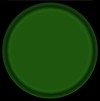Skip over navigation
Here is a machine with four coloured lights. Each light responds to a rule.
When you type in a number, lights go on if their rule is satisfied.
If the number satisfies more than one rule, then more than one colour will light up.
Type in some numbers and see which lights you can switch on.








What is the smallest number which lights up all the lights?



Or search by topic
Number and algebra
Geometry and measure
Probability and statistics
Working mathematically
Advanced mathematics
For younger learners
Light the Lights Again
Age 7 to 11
Challenge Level 





This problem is similar to Light the Lights, but slightly more tricky. You may like to try that one first.
Here is a machine with four coloured lights. Each light responds to a rule.
When you type in a number, lights go on if their rule is satisfied.
If the number satisfies more than one rule, then more than one colour will light up.
Type in some numbers and see which lights you can switch on.








What is the smallest number which lights up all the lights?
You may also like
Chocolate
There are three tables in a room with blocks of chocolate on each. Where would be the best place for each child in the class to sit if they came in one at a time?
Four Triangles Puzzle
Cut four triangles from a square as shown in the picture. How many different shapes can you make by fitting the four triangles back together?
Cut it Out
Can you dissect an equilateral triangle into 6 smaller ones? What number of smaller equilateral triangles is it NOT possible to dissect a larger equilateral triangle into?

